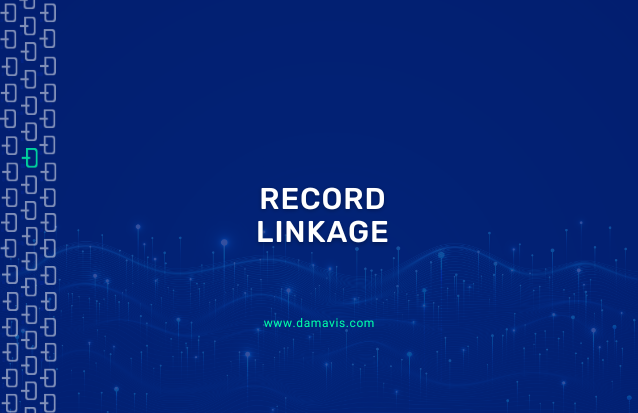One way we at Damavis help our clients is through the implementation of Record Linkage solutions. This type of process makes it possible to find records that refer to the same entity but are found in different data sources.
Thanks to Record Linkage it is possible to integrate, unify and link records present in different data sources, which lack unique identifiers, to create relationships between those that share the same property.
The current situation
Our client is a hotel distribution company, with more than 400,000 accommodations worldwide, that needs to synchronize data in the hotel master with more than 30 different suppliers.
In addition, as they are different suppliers, each one of them reports the information in a different way, making it necessary for this information to be managed for processing in the main hotel master.
Until now, this process was carried out manually by a team of people who were responsible for checking and extracting the data from the suppliers in order to check it against the master and synchronize the information.
The challenge
Once we had analysed the context of the company and its needs, we worked closely with the client to determine how we could improve the company’s processes and operations, in addition to providing an added value.So we agreed that the best way to do this was by implementing a Machine Learning model that would help the team that, until now, had been processing data manually on a daily basis, to be more agile and effective in this task.

The solution
To automate the processing and synchronisation of information in the main hotel master, we developed a Machine Learning model that collected the data, interpreted the combined information from all suppliers and learned to identify the inputs to know whether they were from the same hotel or from different accommodations in each of the suppliers.
In this way, a fully autonomous process was able each day, after receiving new updates, to make decisions regarding:
- whether the data belonged to a hotel already in the database and, if so, which one;
- if it was a hotel that was not yet in the database and, therefore, its file had to be created with all the information already collected;
- or if it was a completely new input that arrived and offered enough information to know if several of the records that existed in the database belonged to the same hotel, in which case, they would have to be combined.
The results
The main advantage for the client after the implementation of this model was the automation of a process that had been carried out manually until then.
On the other hand, this Machine Learning model was able to offer high reliability in the decisions it made, which translates into greater effectiveness and efficiency for the work team.
This resulted in significant cost savings for the organization and also time savings for the team in charge of this task, as they only had to supervise a model that was already making decisions autonomously, thus helping them to simplify the process so that they could invest their resources in other areas.

In this way, we guided our client towards adopting a Data Driven approach, making decisions based on what the data says.
Video
Check out the real case explained by David Martín, CEO at Damavis, on our YouTube channel. Don’t forget to enable English subtitles:

